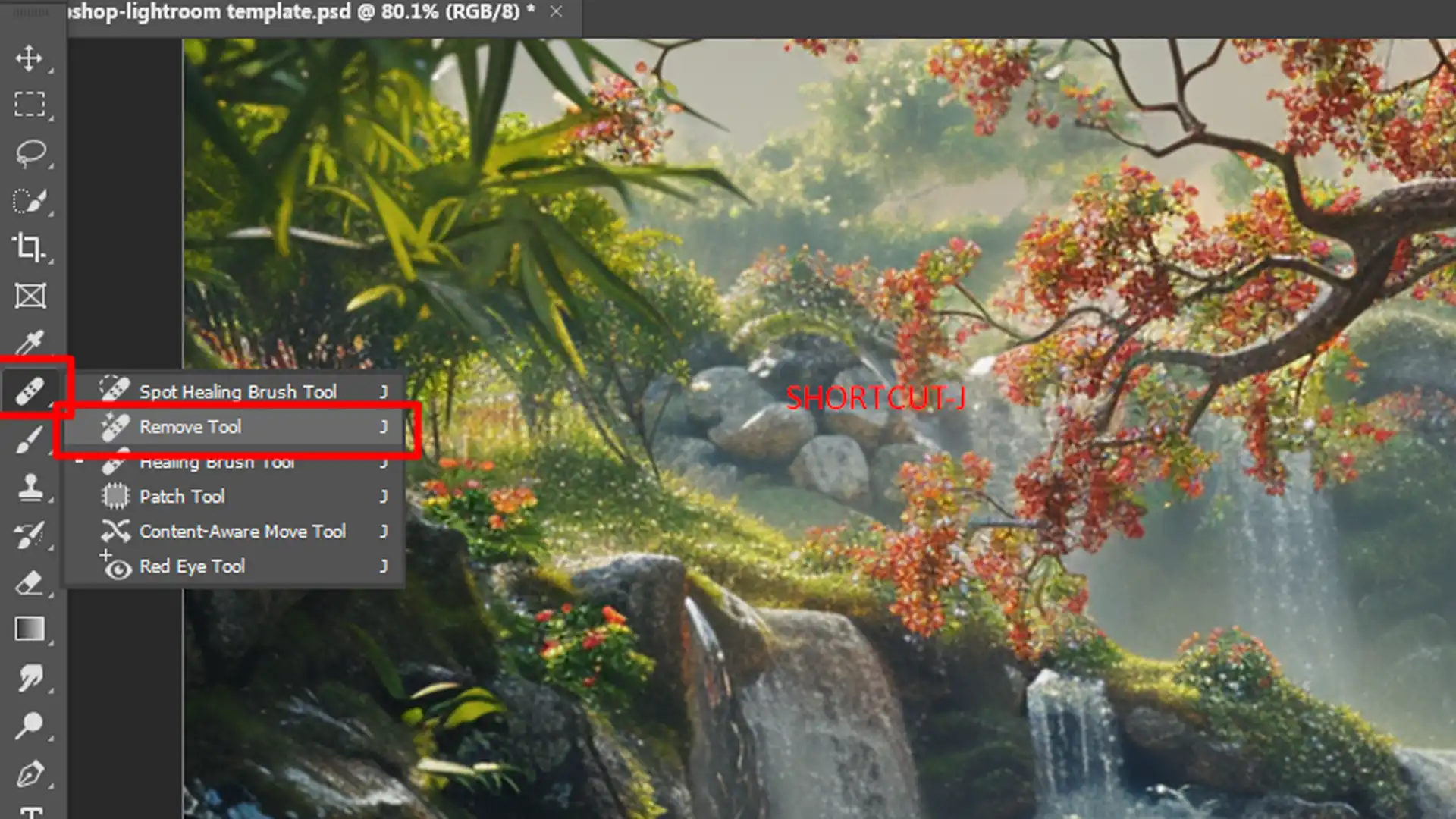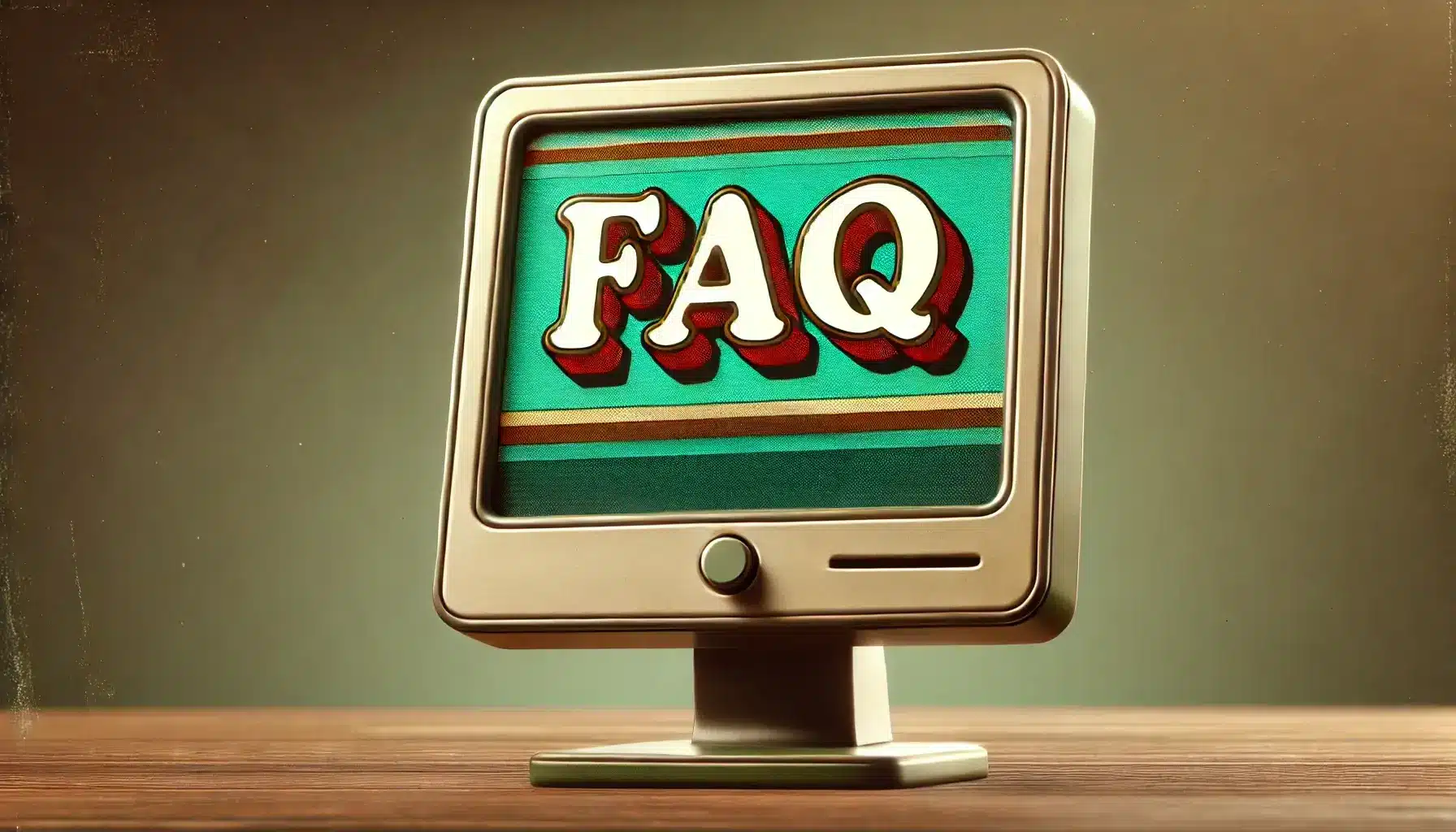
The Photoshop Remove Tool can be your best friend in such situations. Imagine effortlessly erasing distractions to make your photos look perfect.
Have you ever found yourself stuck with an unwanted object in your photo?
Let me walk you through how this powerful feature works and how it can transform your images.
Keep reading to discover tips and tricks that will elevate your photo editing skills to the next level.
Table of Contents
How to Use the Photoshop Remove Tool
If you’re looking to clean up an image or remove unwanted elements, the remove tool in Photoshop is your friend.
Initially, locate the remove tool in the toolbar to the left of your screen.

- Open up your photo in Photoshop.
- Find the remove tool in the toolbar.
- Select the part of the image you want to take out.
- Drag the tool over it until it disappears.
It’s quite simple, but you need to use it carefully to make sure the rest of your photo looks untouched.
Make sure you’re working on a new layer to keep the original intact.
When you use the photoshop remove tool, removing shadows can become a breeze. This technique helps you achieve cleaner, more polished results.
Common Mistakes to Avoid
Regardless of experience level, everyone makes errors; let’s avoid these common ones.
When using the remove tool, don’t overdo it in one stroke.
- Not working on a new layer.
- Using one big stroke instead of multiple smaller strokes.
- Not checking the layers or background consistency.
- Forgetting to remove after each stroke.
Address these basic steps, and you’ll have cleaner edits, small methodical actions save a lot of time in the end.
Tips and Tricks for Best Results
Here are some pro tips to maximize efficiency and results with the remove tool in Photoshop:
- Use the spot healing tool for small fixes.
- The clone stamp tool gives you more control over large areas.
- Always zoom in to see details better.
- Work on a high-resolution image for detailed edits.
- Use the healing tool for fine-tuning edges.
Practice makes perfect with these tools, so keep practicing them to hone your skills. You’ll soon be amazed by what seamless edits you can accomplish.
Pro Tip: Familiarize both essential tools in Photoshop and essential tools in Lightroom to make your workflow even easier!
Advanced Techniques with the Photoshop Remove Tool
To master the photoshop remove tool, exploring advanced techniques can elevate your photo editing skills.
This section delves into sophisticated methods like layering and masking to achieve professional results.
Layering and Masking
Working with layers and masking is crucial in achieving professional-grade results. Start by creating a new layer before you use the remove tool.
This ensures you’re not altering the original image.
Masking helps in preventing damage to the picture.
Use a layer mask to hide parts of the layer, then use the brush tool to reveal or conceal sections.
Later, if you want to adjust elements, you’ll find it easier to fix mistakes without affecting the overall composition.

Combining with Other Tools
The remove tool can be more effective when combined with others:
- Use the clone stamp to replicate portions of the image and cover larger areas.
- Employ the healing tool for finer details.
When dealing with complex objects, combine multiple tools.
For example, use the remove tool, then touch up with the stamp tool.
This layering technique allows greater control and creativity in your photo editing process.
Pro Tip: Learn Photoshop shortcuts and Lightroom shortcuts to combine tools even easier and quicker!
Using the Remove Tool for Complex Edits
For intricate edits, break down the task into smaller parts:
- Use the remove tool for each section individually.
- Avoid dragging the tool over large areas at once; instead, treat each small area carefully. This prevents noticeable artifacts.
Photoshop’s remove tool excels in eliminating unwanted objects. Handle difficult edges by using masks and blend them smoothly into the background.
The generative fill option adds new pixels intelligently to maintain consistency.
When tackling complex edits, using the remove tool is essential.
For tasks like removing the background effectively, this tool simplifies your workflow.
Remember to zoom in on complex sections.
Pay attention to detail for better accuracy.
Each small stroke can make a significant difference.
Don’t forget to save your progress regularly.
Pro Tip: Always work on high-resolution images.
More pixels allow for detailed edits and better-quality image outputs.
Comparing the Remove Tool with Other Tools
When editing photos in Photoshop, it’s important to choose the right tool for the job.
The remove tool is excellent for eliminating unwanted elements, but other tools can also be effective depending on the situation.
In this section, we’ll compare the remove tool with alternatives like the spot healing brush, clone stamp, and healing brush tools.
| Tool | Purpose | Best For | Pros | Cons |
|---|---|---|---|---|
| Remove Tool | Automatically removes unwanted elements | Larger objects and background distractions | Quick and easy to use; minimal manual adjustment | May not handle complex textures well |
| Spot Healing Brush | Fixes small imperfections | Blemishes, small spots | Great for minor corrections; seamless blending | Limited control over large areas |
| Clone Stamp | Manually copies pixels from one area to another | Covering larger areas with similar content | High control over pixel placement; versatile | Time-consuming; requires precision |
| Healing Brush | Blends corrected areas with surrounding pixels | Repairing textured areas | Effective for detailed edits; blends well | Can be tricky for complex patterns |
Remove Tool vs Spot Healing Brush Tool

The remove tool and the spot healing brush tool have distinct purposes.
The remove tool focuses on eliminating larger unwanted elements, which is helpful for photo enhancement.
This restoration tool is better for minor flaws like blemishes.
Tip: For intricate tasks, consider layering both tools to achieve a seamless touch-up without over-editing the target area.
Remove Tool vs Clone Stamp Tool
The clone stamp tool allows users to manually create areas that blend smoothly into the image. On the other hand, the remove tool automates the process, aiming for efficiency. This tool offers more precision; however, it takes practice.
Pro Tip: Use this tool alongside the remove tool to hone in on detailed edits for high-quality images.
Remove Tool vs Healing Brush Tool
Both tools are great for editing. This restoration tool, similar to the healing brush, targets small areas by blending them seamlessly into the surroundings.
Conversely, the remove tool is more robust and faster for large edits.
Tip: If your object has a tricky pattern or texture, use the Restoration Tool for finer adjustments after using the remove tool.
- Always create layers before starting any editing. This way, you can experiment without risking the original photography.
- For advanced edits, consider using the Content-Aware Fill in Photoshop to automatically generate realistic replacements for removed objects.
Real-World Applications of the Photoshop Remove Tool
The Photoshop Remove Tool is incredibly versatile, with a range of practical applications in everyday photo editing.
Whether you’re enhancing portraits, cleaning up landscape photos, or removing distractions from product shots, this tool is designed to make complex edits easier.
Editing Portraits
Editing portraits is one of the most common uses of the remove tool. Whether it’s removing a stray hair or a skin blemish, this tool has got you covered.
Steps to Edit Portraits:
- Open your image in Photoshop.
- Select the remove tool from the toolbar.
- Make minor adjustments with a few clicks to greatly enhance the overall appearance.
For better results, use remove after each stroke to see immediate improvements. Additionally, consider using the content-aware fill feature for more complex edits.
In exploring real-world applications , the quick selection tool can greatly enhance your editing efficiency. It allows you to precisely isolate and remove elements, making complex edits simpler and faster.
Removing Unwanted Objects
Ever taken a beautiful photo only to notice an unwanted objects?
The remove tool comes in handy for such situations.
By simply selecting the object you wish to eliminate, Photoshop does the hard work for you.
Benefits of Using the Remove Tool:
- No need for expert skills to perfect it.
- With practice, you’ll be amazed by your results.
- When applied correctly, this can make your photos look professional with minimal effort.
For even better results, you might want to explore the patch tool for more intricate removals or if you need just to remove object then use the object selection tool for fast result.
Removing unwanted objects, mastering how to remove objects efficiently is vital for your workflow.
This technique helps clean up your images seamlessly.
Enhancing Landscape Photos
Landscape photography often deals with elements that disrupt the natural beauty of the scene: power lines, garbage, or people.
Use the remove tool to enhance the natural allure of your landscape photos.
Steps to Enhance Landscape Photos:
- Select the unwanted items.
- Let Photoshop generate realistic replacements.
- Remember to remove after each stroke to prevent overwriting mistakes.
This small habit ensures that each correction improves the overall composition.
Pro Tip: Always work on duplicate layers to safeguard your original image.
That way, you can experiment freely without fear of permanently altering your photo.
Frequently Asked Questions

How do you get the remove tool in Photoshop?
- Open your Photoshop application.
- Navigate to the toolbar on the left side of the screen.
- Look for the healing brush or the content-aware fill option, depending on what you need.
- Select the tool to activate it for use in your project.
How do I remove tools from Photoshop?
- Right-click on the tool you wish to remove from the toolbar.
- Choose 'Edit Toolbar' from the context menu.
- In the dialog box that appears, drag the tool you want to remove from the toolbar to the extra tools column.
- Click 'Done' to save your changes.
Where is the remove tool in Photoshop?
- Open Photoshop.
- Access the toolbar on the left side of your workspace.
- The remove tool can typically be found as part of the healing brush tools or under the 'Edit' menu then 'Content-Aware Fill'.
What is the shortcut for the remove tool in Photoshop?
- The shortcut will vary depending on the specific remove tool you are using.
- For the spot healing brush, the shortcut is typically 'J'.
- Check Photoshop's 'Keyboard Shortcuts' under the 'Edit' menu to customize or verify the shortcut keys.
Conclusion
In conclusion, the Photoshop Remove Tool has truly transformed how I handle photo edits. It’s a game-changer for removing unwanted objects and shadows with ease.
My personal experience shows that using this tool makes the process much smoother and faster.
For those looking to dive deeper into photo editing,
I highly recommend checking out my Photoshop course and Lightroom course.
They offer great tips and tricks to enhance your skills.
If you’re ready to explore these tools further, you can get Adobe Photoshop and Adobe Lightroom and read more about them on the Adobe website.
These resources will help you get the most out of your photo editing.
Read more about Photoshop:
















